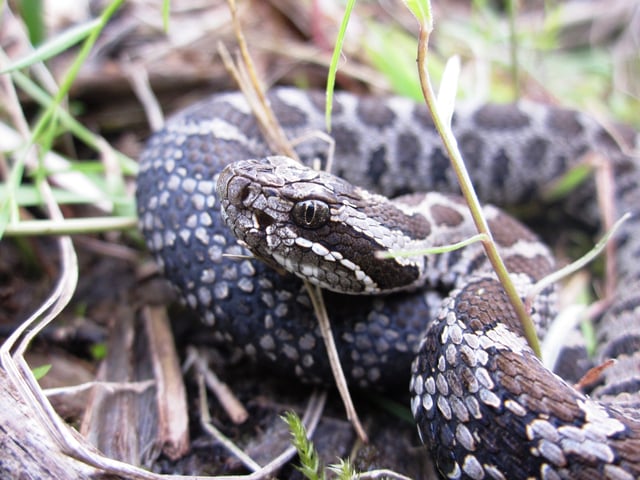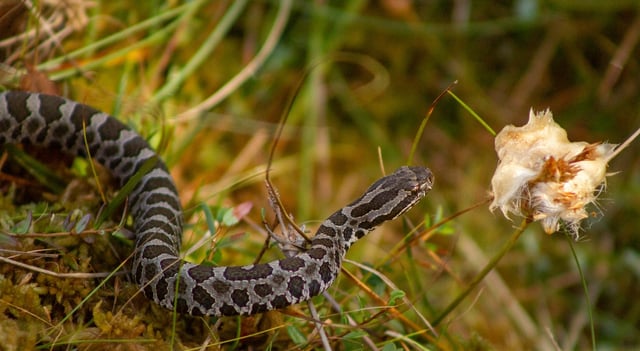Overview
- Published Aug. 18 in PNAS, the MSU-led study tracked more than 1,000 Eastern Massasaugas with PIT tags and genome sequencing to build pedigrees and follow survival.
- The most inbred individuals had nearly 12% lower annual survival and were 13% less likely to produce surviving offspring.
- Roads, farms, and buildings fragmented wetlands in Barry and Cass counties, isolating populations and limiting mate choice for this federally threatened snake.
- Authors recommend restoring connectivity through wetland restoration and wildlife crossings, alongside exploring managed relocations to increase gene flow.
- Detecting inbreeding depression in relatively large Michigan populations raises concern for smaller, more fragmented groups across the Midwest.

